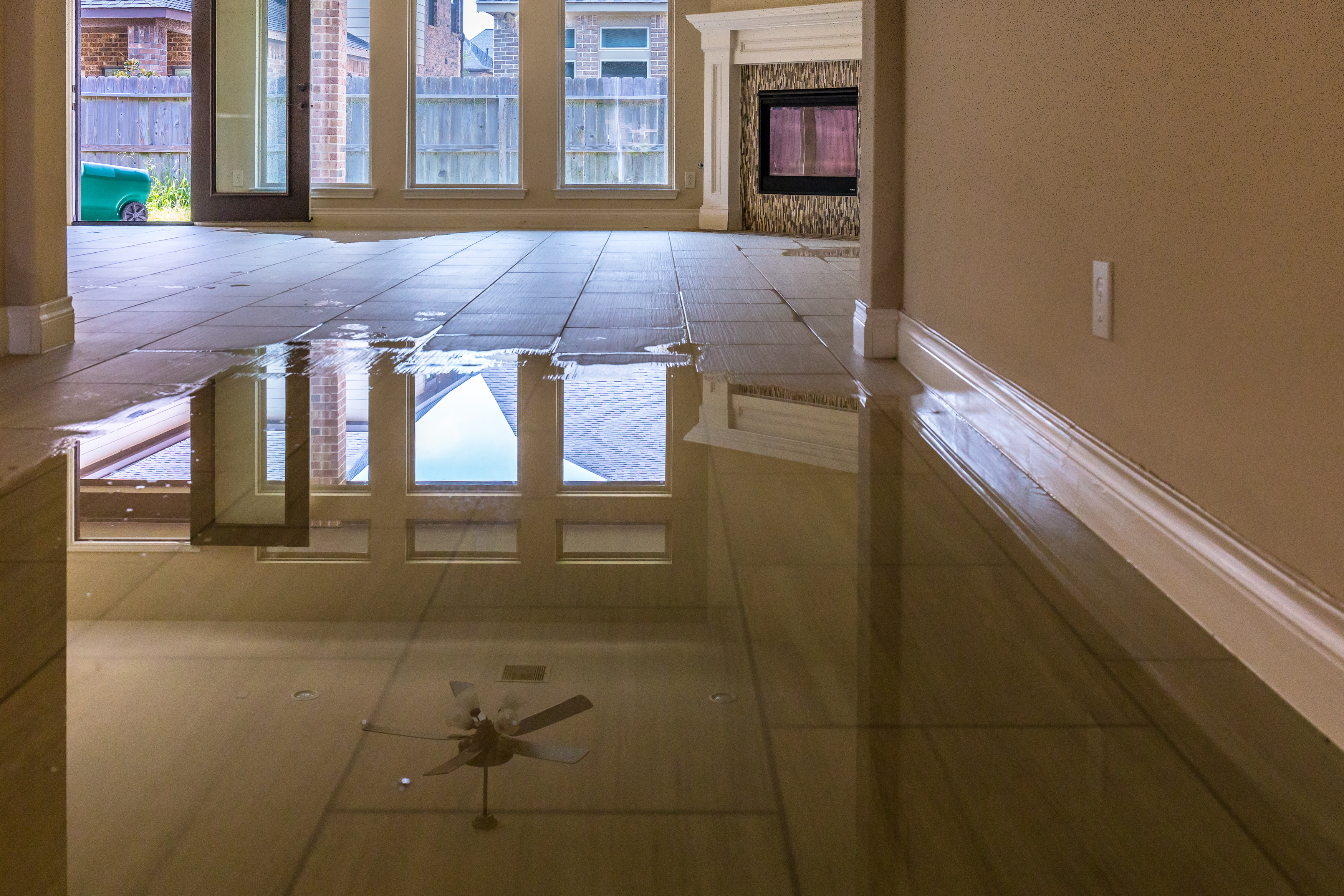What are your concepts on Common Causes of Water Damage in a Bathroom?

The shower room is exceptionally vulnerable for moist build-up as well as possible water damage due to the regular use water in it. This write-up supplies simple evaluation methods to aid identifying water damage hazards.
The regular use of water in the shower room makes it exceptionally at risk for moist accumulation and potential water damage. By examining it frequently, you can minimize water associated problems.
The adhering to collection of examinations is very easy to execute and should be done once in every three months in order to keep your bathroom in good shape and to stop possible water problems caused by the bathtub, the shower, pipe joints and plumbing, sinks, cabinets, and the toilet
Do not neglect performing these inspections and also be thorough while doing them. Bear in mind that these easy examinations can conserve you a great deal of money by offering early indications for water damages
Sinks and also Cabinets
Sinks and also cupboards are subjected to wetness and also moisture daily and also are commonly neglected. Inspect regularly under the sink and also on the counter top above it. Fix any type of drip in the catch as it might suggest drainpipe issues. Take a look around the sink, slow-moving draining pipelines may show a blocked drainpipe. Change sink seals if they are cracked or loosened.
Tub and also Shower
The shower as well as bathtub call for special focus as well as maintenance. Inspect the tiles and also replace if fractured. Make certain that there is no missing cement between the floor tiles. Inspect and also replace fractured caulking at joints where the walls fulfill the floor or the bath tub. Blocked drains pipes as well as pipelines problems will certainly avoid the bath tub from drying and also may suggest serious issues beneath the tub. Consult with an expert immediately to prevent architectural damage. Focus on stainings or soft areas around the bath tub walls as they might show an internal leakage.
Plumbing
Signs for water damage are difficult to identify because a lot of pipes are set up inside the wall surfaces.
Pay unique focus to flooring as well as wall surfaces moisture as well as discolorations as they might indicate an undetectable plumbing problem. Check wetness levels in adjoining rooms too.
The Commode
The toilet is a prone water joint. Check the water lines and also look for leaks around the bathroom seat, in the tube, and under the water tank. If you find any kind of signs of wetness on the flooring around the commode, look for leakages in the toilet edge and tank seals.
Know that hanging commode dish antiperspirants raises the chances for clogs.
10 TIPS TO PREVENT WATER DAMAGE IN THE BATHROOM
The average household uses approximately 80-100 gallons of water per person per day. For a family of 4, that's almost 2,500 gallons of water a week! The largest portion of this consumption comes from bathroom use. Flushing the toilet uses the most water, followed by taking a shower or bath. With that much water running through the home, water damage in the bathroom is bound to happen. Knowing how to spot signs of a water leak is essential to preventing long-term damage. This guide provides you with tips to reduce the impact of water damage on your bathroom.
CAUSES OF BATHROOM WATER DAMAGE
Pipe breaks are the most common cause of water damage we see in our daily jobs. The age of a pipe plays a large role in a pipe break as well as corrosion. Over time, the metal begins to break down, allowing water to escape. Frozen pipe breaks are also a concern in the winter months. Toilet overflows caused by paper products or children flushing inappropriate items. Degraded caulking around the toilet or bathtub can allow water seepage, sometimes behind the fixture, into the subfloor or walls. Condensation forms when the water in a pipe is cooler than the air temperature. Beads of water form on the exterior of the pipes, sometimes so much so that the water begins to drip and pool below. Sink or shower backups created by poor drainage. HOW TO PREVENT WATER DAMAGE IN YOUR BATHROOM
Inspect your toilet supply line for worn or frayed hoses and replace them as needed. Winterize your plumbing to prevent a frozen pipe break. Use vent fans to prevent condensation that can lead to mold growth. Routinely check and replace degraded caulking around your toilet or bathtub. Increase the temperature in your toilet tank and insulate your pipes during the warm summer months to keep condensation from forming. Use child safety locks on the toilets. Flush only toilet paper. "Flushable" wet wipes are actually not good for your plumbing system. Additionally, feminine hygiene products should not be flushed. Prevent water from escaping the tub or shower. Make sure shower curtains are in good condition. Inspect shower doors and replace the seal strip if necessary. Wipe up any water that accumulates on the floor and use bath mats. Water left to sit can cause damage to the tiles and flooring. Refrain from using bath products containing heavy oils to avoid a clogged drain.

I stumbled upon that piece about Preventing Water Damage in the Bathroom while doing a search on the web. Are you aware of someone else who is interested by the topic? Do not hesitate to share it. Kudos for your time. Kindly come by our blog back soon.
Set An Appointment